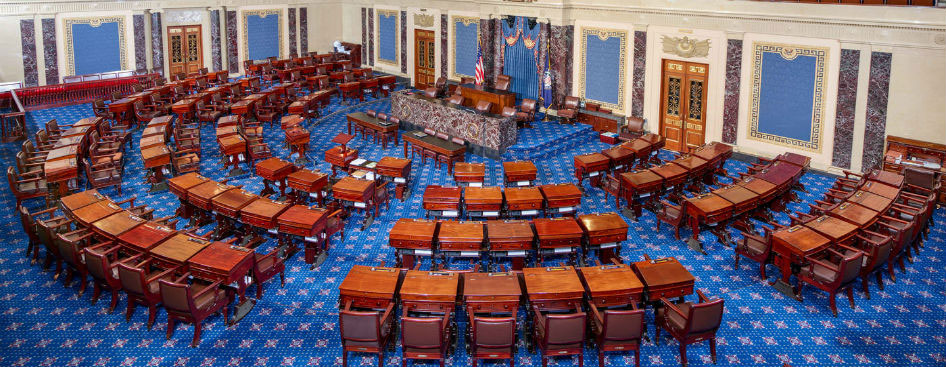New legislation emphasizes resilience over reconstruction: Invest in mitigation today to save on recovery costs tomorrow
A recent study by the National Institute of Building Sciences (NIBS) revealed that every dollar invested in mitigation saves approximately six dollars in recovery costs – a statistic that generated bipartisan interest in increasing funding for disaster mitigation efforts.
“Invest properly in mitigation, you’re going to get your money back — regardless of what your beliefs in climate change are,” Bryan Koon, head of NIBS’s Multihazard Mitigation Council, told Bloomberg News.
On October 3, the United States Senate voted 93-6 in favor of passing legislation (H.R. 302) allocating $1.68 billion towards recovery efforts post-Hurricane Florence. This legislation also adapts Federal Emergency Management Agency (FEMA) policy to provide increased availability of “pre-disaster mitigation” grants that will serve to bolster community and infrastructure resilience.
 The bill was passed by a vote of 398 – 23 in the U.S. House of Representatives on September 26. Following the Senate vote, the bill was sent to the President’s desk, who signed it into law on October 5.
The bill was passed by a vote of 398 – 23 in the U.S. House of Representatives on September 26. Following the Senate vote, the bill was sent to the President’s desk, who signed it into law on October 5.
The bill marks three prominent changes to disaster policy in the United States. First, it sets aside designated disaster-relief funds into a nationalized Public Infrastructure Pre-disaster Mitigation Fund. It also eliminates financial obstacles for reconstructing infrastructure on land less susceptible to weather events and natural disasters. Third, the bill incentivizes communities to adapt and update building codes, and to enforce codes that integrate resilient design methods.
“Although Congress has amended the [Robert T. Stafford Disaster Relief and Emergency Assistance Act] multiple times to allow for disaster recovery spending to include certain pre-disaster mitigation efforts, much of the nation’s disaster spending still involves rebuilding projects that fail to protect communities from future natural hazards,” Geoffrey Brown, government relations director for Pew Charitable Trust, wrote in a letter to lawmakers, “H.R. 302 addresses this long-enduring problem with a strong emphasis on pre-disaster preparation.”
H.R. 302 is part of a bundle of bills that also includes the five-year reauthorization of the Federal Aviation Administration (FAA), which address issues of resilience related to the air-travel industry. The bill requires that the FAA assess the emergency preparedness status and needs of communities around airports when assessing each airport’s emergency plans. It also directs the FAA administrator to advocate for the use of renewable materials and resilient practices in all FAA actions, and to submit a report that highlights safety hazards related to power outages and provides suggested solutions to improve the resilience of these power systems. Finally, it mandates that the FAA and the National Oceanic and Atmospheric Administration (NOAA) complete a joint study on the effects of extreme weather events on aviation and the safety of passengers.
Though both sides of the aisle agree that this is an important step towards national resilience against the threat of natural disasters, many legislators and interests groups claim it is not enough and are also pushing to scrap and rebuild the indebted National Flood Insurance Program, which will expire on Nov. 30.
Sources and Further Reading:
Senate quietly sends ‘historic’ FEMA reforms to Trump
EESI Applauds U.S. Congress for Passage of Disaster Recovery Reform Act
President Donald J. Trump Signs H.R. 302 into Law
H.R. 302, the FAA Reauthorization Act of 2018 passed by Senate today
